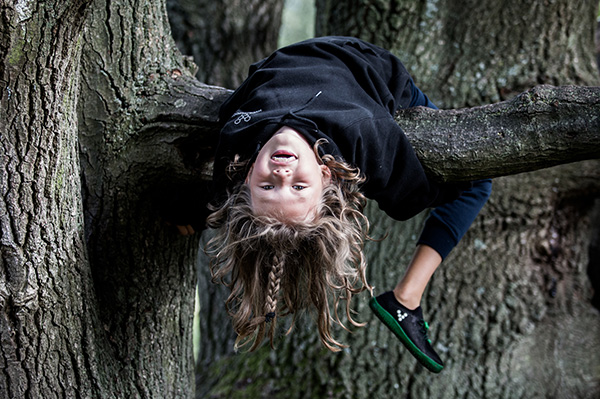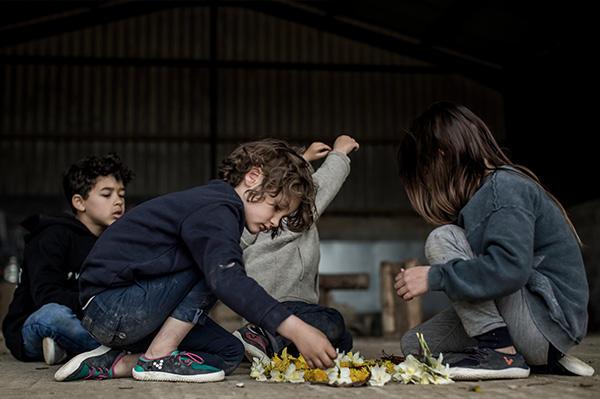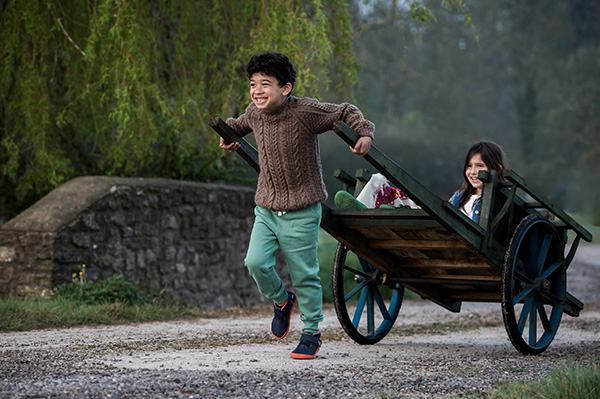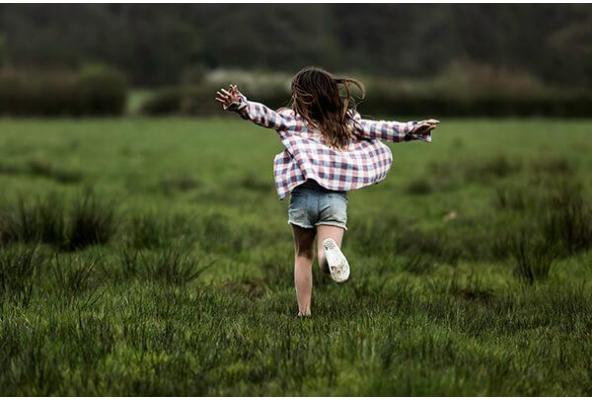Our Kids’ shoes celebrate letting feet move more with less: no padding, support or restrictions, so small feet grow as close to barefoot as possible.
Just like with our feet, we also believe too much stuff confines and constricts our kids, stopping them from playing freely in nature, which is best for their bodies and brains.
Moving more with less means kids are outside more, with their friends more, dirty in nature more, using their imaginations more, playing more. Reducing the stuff that surrounds kids means real gains for them: better relationships with family, deeper friendships and more time to enjoy them.
But it’s hard to curb the deluge of stuff inundating childhood – and we don’t just mean the screen invasion: we mean the TOYS.


The endless flood of toys. They’re everywhere and, in the northern hemisphere, covering all social income brackets. Kids today just have too many toys.
And just like padded, stiff rigid shoes aren’t good for feet – toys aren’t good for kids’ brains or bodies.
Too many toys means kids stop playing creatively and become easily distracted. Researchers from the University of Toledo in Ohio conducted a study with groups of toddlers in different rooms, one with 4 toys in it, the other with 16. The kids in the room with 4 toys played with each toy for twice as long, thought up new uses for the toys and together expanded their games. It’s unlikely any parent will be surprised by this.


Dr Carly Dauch, in the journal of Infant Behaviour and Development, writes, “During toddlerhood, children develop, but may not have mastered, higher level control over attention. Their attention, and therefore, their play may be disrupted by factors in their environments that present distraction…. like an abundance of toys. Fewer toys […] allow better focus to explore and play more creatively.”
Toys today, it seems, are designed purely to entertain, and so, rather than find ways to use the toy, when the toy stops entertaining, its discarded, creating a circle of expectation and need for a constant cycle of more stuff. (Similar to how kids’ shoes are designed for fashion over function, maybe?!).


We believe that, just like our kids’ feet need as little shoe as possible to grow strong and healthy, their lives need a lot less cluttering and constricting – and this means fewer toys.
What do you think? We want to hear from you! How do you keep the toy swamp at bay? And what are your top tips for a toy cull? Let us know in the comments below!
Further Reading:
https://www.sciencenews.org/blog/growth-curve/too-many-toys-creativity
https://www.telegraph.co.uk/science/2017/12/05/many-toys-bad-children-study-suggests/

